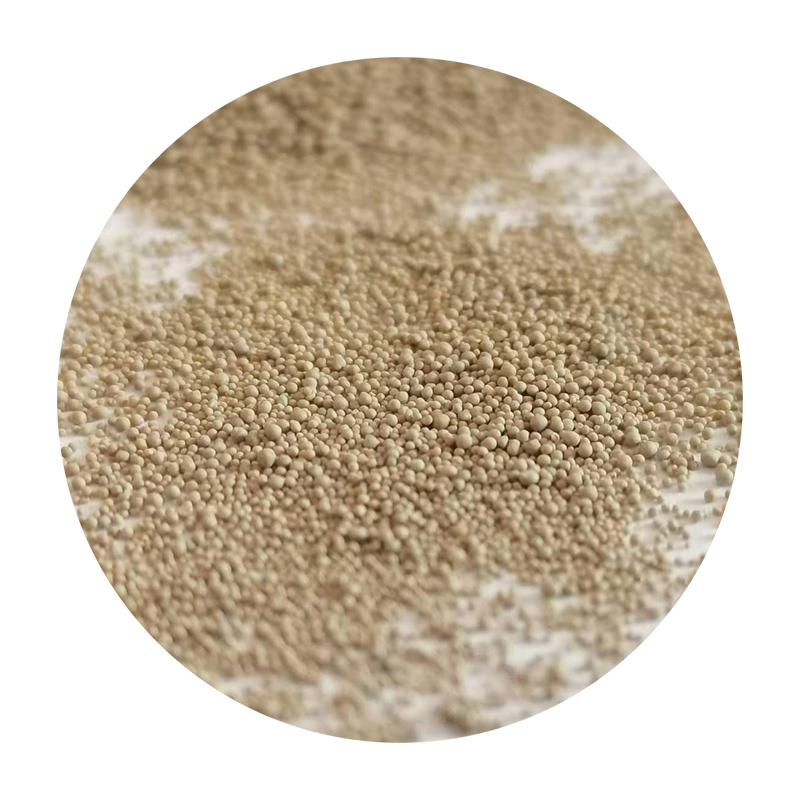Should You Sand 3D Prints?
3D printing has revolutionized the way we create objects, offering unprecedented freedom in design and production. However, one of the most debated topics among 3D printing enthusiasts is whether or not to sand the prints after they’ve been produced. This article will explore the reasons for sanding, the techniques involved, and the potential benefits and drawbacks of this post-processing method.
Why Sand 3D Prints?
The primary reason to sand your 3D prints is to improve their appearance. Most 3D printers, especially those using Fused Deposition Modeling (FDM), leave noticeable layer lines on the surface of the printed object. These lines can detract from the visual appeal, making the print look rough or unfinished. Sanding can smooth out these lines, resulting in a more polished look.
Additionally, sanding can enhance the functionality of a printed piece. For parts that need to fit together snugly, such as mechanical components, a smoother surface can reduce friction and improve overall performance. Sanding can help achieve tighter tolerances, leading to better fitting assemblies.
Moreover, if you're planning to paint or apply a finish to your prints, sanding is often a necessary step. A smoother surface can lead to better adhesion of paint and finishes, resulting in a more professional and aesthetically pleasing final product.
Techniques for Sanding 3D Prints
Sanding 3D prints is a relatively straightforward process, but the methods can vary based on the material being used. Here’s a step-by-step guide to effectively sand your prints
1. Choose the Right Tools Use various grits of sandpaper, starting with a coarser grit (around 100-200) for heavy smoothing, and then moving to a finer grit (400-600) for a final polish. You can also use sanding sponges or files for detailed areas.
should you sand 3d prints

2. Prepare the Print Remove any support structures or brim material before sanding. It's essential to ensure the print is clean and free of any particulate debris.
3. Start Sanding Begin with the coarser grit sandpaper. Sand in a circular motion or along the lines of the model to avoid creating uneven surfaces. Focus on the areas with the most noticeable layer lines first.
4. Progress to Finer Grits Once you’re satisfied with the rough smoothing, switch to a finer grit to achieve a more refined finish. Be patient; this step can take some time.
5. Clean the Surface After sanding, use a brush or compressed air to remove any dust created during the sanding process. This ensures an even finish when painting.
The Pros and Cons of Sanding
While sanding can significantly enhance the look and feel of your 3D prints, it does come with some considerations.
Pros - Improved aesthetic quality. - Enhanced functionality and fit of parts. - Better surface for painting and finishing.
Cons - Time-consuming process, especially for intricate designs. - Risk of damaging the print if not done carefully. - Loss of some fine details, as aggressive sanding can wear down intricate features.
Ultimately, should you sand your 3D prints? The answer largely depends on your specific goals for the print. If aesthetics, functionality, or paint adhesion are important to you, then sanding may be well worth the effort. However, if you're simply producing functional prototypes where appearance is less critical, you might opt to skip this step. By weighing the pros and cons, you can decide whether sanding fits into your post-processing workflow and helps you achieve the results you desire.
Post time:Aug . 06, 2024 15:31
Next:Exploring the Applications and Benefits of Foundry Sands in Modern Manufacturing Processes
